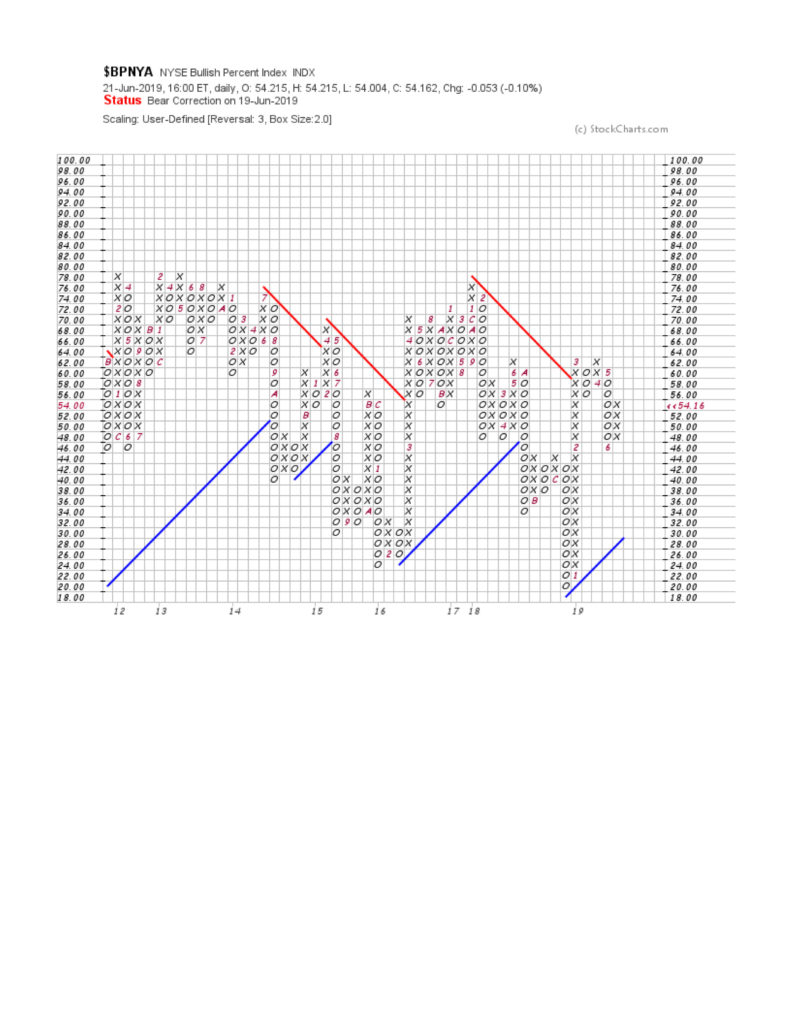How Much Would You Pay for Bitcoin?
How much would you pay for an ounce of gold? How much would you pay for an ounce of silver? More importantly, tell me why you would pay that price for an ounce of gold or silver. In other words, what is the intrinsic value of those assets?
This is a question I always ask my students in the finance and other classes I teach. I’ve asked the same question of experts in the trading of these assets. No one, not even the professionals, can tell me the intrinsic value of these assets. The reason is that these assets do not have an intrinsic value. Only financial assets such as stocks, real estate, and other investments that produce a cash flow stream have an intrinsic value. And without an intrinsic value, you don’t know if you are overpaying, underpaying, or paying just the right price for an asset. Finance textbooks discuss this concept at length. So does Warren Buffett in his Owner’s Manual for Berkshire Hathaway stock. In the Owner’s Manual, Buffett states: “Intrinsic value is an all-important concept that offers the only logical approach to evaluating the relative attractiveness of investments and businesses. Intrinsic value can be defined simply: It is the discounted value of the cash that can be taken out of a business during its remaining life.”
So how much would you pay for Bitcoin? It traded above $11,000 last week. Is Bitcoin overvalued, undervalued, or priced just right? The answer is: You don’t know! It is an asset like gold and silver that doesn’t have an intrinsic value.
Economic and Investment Highlights
Last Week
Bitcoin rose to $9,396.33 on Monday, its highest level in more than a year. Late Friday it had risen above $10,000 and by Saturday morning, it had traded above $11,000. Facebook announced plans to launch its own cryptocurrency.
In a further sign of concern over European economic growth, the president of the European Central Bank (ECB) said the ECB is considering new stimulus as early as July.
Presidents Trump and Xi agreed to meet in Japan this week during the G-20 summit to continue trade talks.
There are indications that the benefits from the 2017 Republican tax cut were temporary, representing a short-term boost to the economy rather than a long-term benefit. Employee bonuses have slowed in 2019; business orders for capital goods such as equipment have slowed since 2017; and new hiring has slowed to its lowest level since 2010. Overall, there is an increasing number of indications that economic growth is moderating to a more normal level from the very robust growth recorded in 2018.
The Fed left interest rates unchanged at its policy meeting on Wednesday but indicated that a rate cut would be considered if the economy falters. The Fed is now referring to “uncertainties” in the economic outlook.
The shares of Slack rose 49% to $38.62 from the IPO price of $26 on their first day of trading.
Manufacturing has been slowing in the U.S. and other key economies around the world. The purchasing managers index for U.S. manufacturing activity declined to 50.1 in June from 50.5 in May. This is the lowest level in almost a decade. A reading above 50.0 indicates growth.
Existing home sales rose in May.
The Dow Jones Industrial Average, the S&P 500 and the Nasdaq all rose for the week, 2.4% for the Dow, 2.2% for the S&P 500 and 3.0% for the Nasdaq. Bond prices also rose, with the 10-year treasury yield declining to 2% for the first time since 2016.
The Week Ahead
This link takes you to Econoday’s Economic Calendar and Economic Events and Analysis which shows the upcoming economic reporting events scheduled in the week and months ahead.
Summary
Note: The comments that follow are derived from the economic indicators referenced in the Resources section of this newsletter and other sources in this report.
The Aruoba-Diebold-Scotti Business Conditions Index (ALS) has been trending up the last several weeks and is now very close to the zero line. The ALS Index advanced slightly again this past week. This is a very positive indicator for the economy on a short-term basis.
The GDPNow model estimate for real GDP growth (seasonally adjusted annual rate) in the second quarter of 2019 is 2.0 percent on June 18, down from 2.1% on June 14. This slight adjustment continues to support the ALS model assessment of an improving short-term economic environment.
The New York Fed Staff Nowcast stands at 1.4% for 2019:Q2 and 1.3% for 2019:Q3.
The Chicago Fed National Activity Index (CFNAI) showed an increase in economic activity in May. The Chicago Fed National Activity Index (CFNAI) was –0.05 in May, up from –0.48 in April.
All told, these short-term economic indicators are a neutral to positive analysis for the economy, at least on a short-term basis.
Expectations that stock prices will rise over the next six months rose this past week and is now at 29.5%, an unusually low level, in the latest AAII Sentiment Survey. The historical average is 38.5% for the survey. Please see the AAII Sentiment Survey for the complete results.
The latest Gross output (GO) reading suggests slow economic growth as we enter 2019.
On a longer-term basis, the forecasters in the Philadelphia Fed’s Survey of Professional Forecasters (as of May 10, 2019) predict real GDP will grow at an annual rate of 1.9 percent this quarter and 2.1 percent next quarter. On an annual-average over annual-average basis, the forecasters predict real GDP to grow 2.6 percent in 2019, 2.0 percent in 2020, 1.9 percent in 2021 and 2.3 percent in 2022. The forecasters predict the unemployment rate will average 3.7 percent in 2019, 3.6 percent in 2020, 3.7 percent in 2021, and 3.9 percent in 2022.
For a more in-depth review and analysis of the economy, please see our mini-book on economic analysis and forecasting entitled: Simple and Effective Economic Forecasting.
Stock Market Valuations
Our estimates of the market valuations for two stock market indices, the Dow Jones Industrial Average (DJIA) and the Standard & Poor’s 500 (S&P 500), can be found in the file below:
Conclusion
We continue to believe the economy is in a stable but now more vulnerable state. Recent economic reports have been showing signs of weakening. Nonetheless, the economy has remained fairly strong. In fact, the extremely strong first quarter GDP showing and the strong labor market conditions still give us confidence that the economy, now in its tenth year of expansion, can continue to grow. But we are cautious on this outlook! Please see our complete Economic and Investment Review in the Winter 2019 quarterly issue of the Intrinsic Value Wealth Report Newsletter.
With the market rising again this past week, the broad market remains overvalued, although the Dow Jones Industrial Average looks more fairly valued than the broad market. But that does not mean that a market correction is imminent. Markets can and do stay overvalued for long periods of time. As discussed above and in the Economic and Investment Highlights section of this Commentary, we believe the economy is in a stable but vulnerable state that is showing signs of weakening. If the economy remains strong, the markets will likely remain strong. If the economy deteriorates, the markets may well correct. There are other events that could trigger a market correction, of course, but economic conditions are the most likely and foreseeable events that could make that happen.
We believe it is important to maintain a long-term view toward investing. This means that you should continue building your investment portfolio using the Cassandra Stock Selection Model to select individual securities that offer growth and value opportunities.
Chart for Review and Thought

Announcements
We have been researching the use of crowdsourcing for investment ideas. We will be sending a survey out in the next few weeks to get your input on the economy and the markets; and to get any investment ideas that you would like to share. We will compile this input and distribute the results to you and our other subscribers.
Dr. Wendee will be speaking at the Las Vegas Investment Club on June 24th. He will be speaking on the topic of his popular Forbes article, Nine of the Best Ways to Build Wealth. Please contact Mike Lathigee at mike@mikelathigee.com if you would like to attend.
Dr. Wendee will be speaking at FreedomFest during its annual conference in Las Vegas, July 17 – 20, 2019.Dr.
Business 539 – Financial Management – On May 9, 2019, Dr. Wendee started teachingBusiness 539 – Financial Management at California Baptist University (CBU). Dr. Wendee teaches courses in Finance and Economics at CBU.
Management 3080 – Business Responsibility in Society – Dr. Wendee will be teaching Management 3080 – Business Responsibility in Society at California State University, Los Angeles (CSULA) starting August 22, 2019. Dr. Wendee teaches courses in Management at CSULA.
Dr. Wendee will be presenting a paper on enterprise value creation at the International Leadership Association’s annual global conference which is being held in Ottawa, Canada this Fall.
Dr. Wendee attended AT&T’s SHAPE event at Warner Brothers Studio in Los Angeles last week. The SHAPE event explored topics such as 5G, AR and VR.

Intrinsic Value Wealth Creation pyramid
We always conclude our commentary with a discussion of the Intrinsic Value Wealth Creation Pyramid. The Intrinsic Value Wealth Creation Pyramid is designed to show some of the major categories for building wealth. It is the result of many years of study of the wealth building process; experience working with clients who have built considerable wealth; and my own personal experience building wealth. Newsletter subscribers should consult the Intrinsic Value Wealth Creation Pyramid as one of many useful investment tools while considering their investment plans.
The chart in this section is an expanded version of the Intrinsic Value Wealth Creation Pyramid Chart referenced in the Forbes.com article entitled, Nine Of The Best Ways To Build Wealth.
RESOURCES
See our Resources section for links to economic and other resources used in the preparation of this Commentary.
